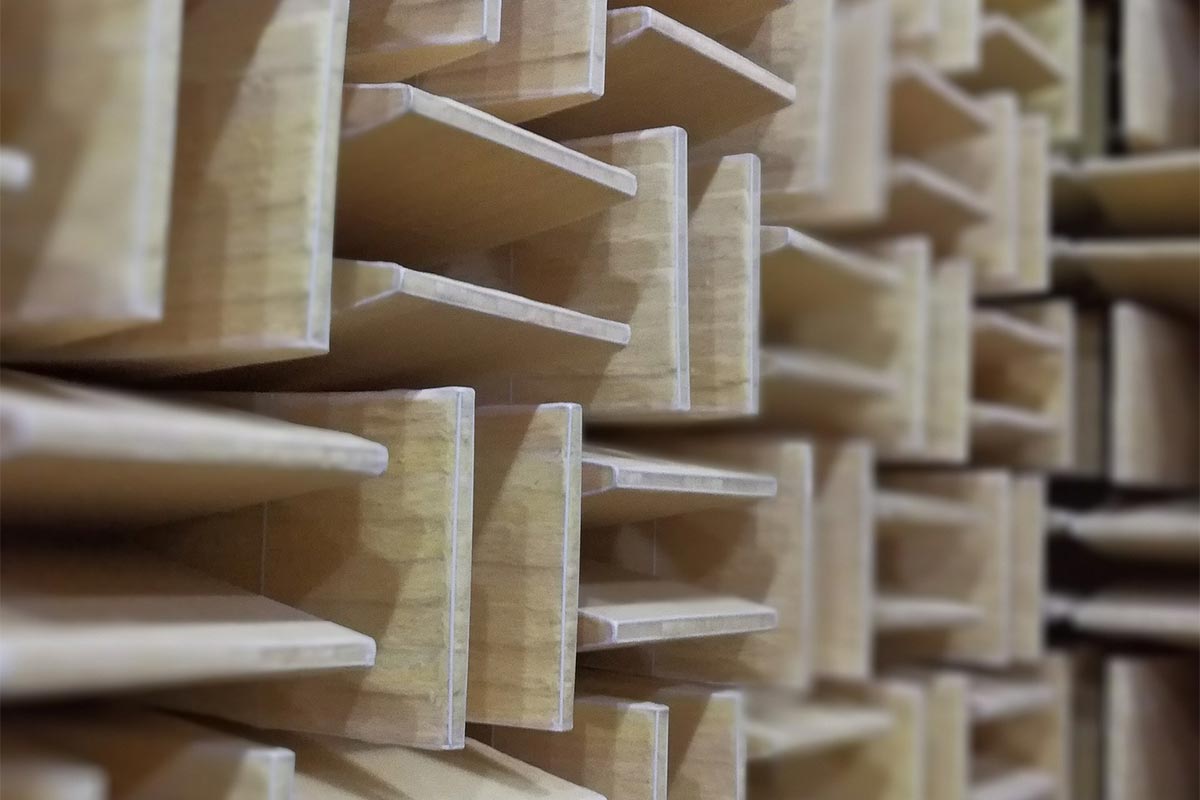First of all it is important to recognise that there is a world of difference between sound absorption and soundproofing. Most of the ‘quick fixes’ and DIY techniques are associated with sound absorption. To truly soundproof a room takes a more professional and involved process.
So here is a quick run down on the differences…
Sound Absorption
When you are suffering from echoes within your living space, a lot of noise interference, then there are some simple measures you can take to ‘reduce’ that sound. Sound rebounds and reverberates around a room which is what causes the excess within the home/office space. These echoing sounds can interfere with the quality of sound within your room.
Sound Absorption techniques will help to reduce that echoing noise. But, it will not prevent noise coming into the home from outside. In order to do that, you need to block the sound waves.
As the name suggests, sound absorption will ‘absorb’ a certain amount of noise that is generated within a room and reduce it. A thick carpet or soft furnishings will not do anything to reduce the noise entering your space from the outside world or your annoying noisy neighbour.
To block noise from outside or from a party wall, you will need to install proper soundproofing measures.
Sound Proofing
So, is sound proofing actually possible? Yes, it absolutely is, but it may take some reconstruction that you are unable to do. Especially if you are in a rented place or there are any restrictions that prevent you from making structural alterations.
Sound proofing means that the noise is stopped at the door, so to speak. To soundproof your environment means you block the outside noise before it has chance to pollute your home or office.
The difference here is that sound absorption reduces the noise within a room to dull down echoes and create a clearer sounding environment. This is especially useful in places such as recording studios. However, sound proofing will ensure that you are not bothered by noises bleeding through from exterior sources, but it won’t affect the sound quality within the room. Except, of course, if you have particularly noisy neighbours, you will now be able to hear your own TV instead of theirs.
What You Need To Know About Soundproofing
To truly soundproof a room you need to block the sound from entering at all points. This means doors, windows, floors, walls and ceilings. If there are any gaps in the soundproofing measures taken, then sound will still find its way in.
However, you can dramatically reduce the level of noise pollution with soundproofing panels etc even if there are gaps.
For Example:
If your party wall is the issue, putting soundproofing panels against that wall will reduce the noise. It won’t block out other noises such as traffic etc and you may still hear the occasional sound bleeding through.
Why will you still hear noise if you have these panels?
There is something you need to take into account when soundproofing walls, and that is the flanking sound. Sound travels around buildings through any cavity it can find.
The most common way for sound to pass through is between the floor cavities. This sound transfer is the flanking sound. So when soundproofing your wall, you should consider blocking the cavities between the floor joists as well.
What can I do to soundproof my home/office?
With the use of sound-breaker bars, acoustic insulation, sound proofing panels for walls, floors and ceilings you can block the outside noises from entering your environment.
You will need to replace hollow doors with solid doors and ensure they are properly sealed to prevent sound travelling through those gaps. The same goes for windows, you will need good quality soundproof windows and soundproof seals to ensure they keep out the excess noises too.
If it is not possible to replace doors and windows or to add soundproofing to the stud walls/ceilings and floors then you won’t be able to achieve a completely soundproof environment.
However, you will be able to dramatically reduce the noise pollution with a simple installation of soundproof panels. Some of these can be simply fitted over your existing wall/ceiling and come in a variety of patterns and fabrics to help you blend them in with your decor. You can also use sound proof mats and underlay to help reduce the flanking sounds. It won’t give you a totally silent room, but it will be a lot quieter and more bearable than you had before.
If you would like to discuss your noise issues and talk to one of our specialists about what solutions are available to you, then please contact Noise Stop Systems today.


